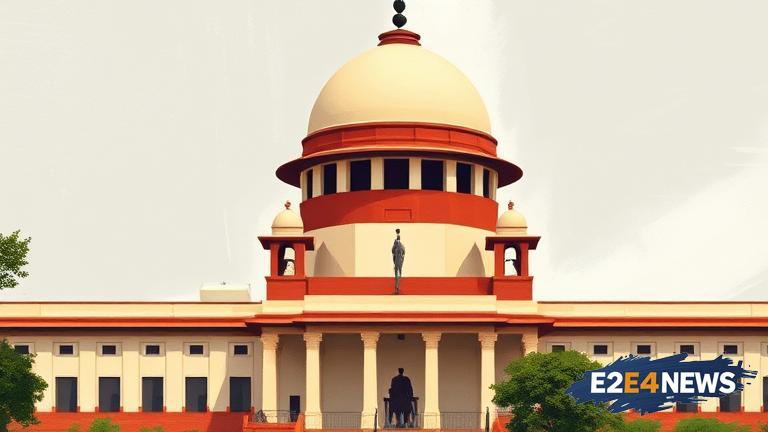The Supreme Court of India has recently handed down a decision in a highly publicized alimony dispute, which has sent shockwaves throughout the country. The case involved a qualified IT professional who sought crores in alimony after just 1.5 years of marriage. The court’s ruling has been seen as a landmark decision, as it sets a precedent for future cases involving alimony and divorce. The IT professional, who was well-educated and had a successful career, had married a man from a wealthy family. However, the marriage was short-lived, and the couple soon found themselves in divorce proceedings. The woman sought a substantial amount of alimony, citing her husband’s wealth and her own financial dependence on him. The husband, on the other hand, argued that his wife was financially independent and did not require such a large amount of alimony. The Supreme Court ultimately ruled in favor of the husband, stating that the wife was not entitled to such a large amount of alimony given her short marriage and financial independence. The court’s decision has been seen as a victory for men’s rights groups, who have long argued that the current alimony system is biased against men. However, women’s rights groups have criticized the decision, arguing that it will make it more difficult for women to seek financial support after a divorce. The case has also sparked debate on the issue of marriage and divorce in India, with many arguing that the current system is in need of reform. The Supreme Court’s decision is likely to have far-reaching implications for future cases involving alimony and divorce. The court’s ruling has also highlighted the need for greater financial awareness and planning among couples, particularly in cases where one partner is financially dependent on the other. Furthermore, the case has raised questions about the role of education and career in determining alimony payments. The IT professional’s qualifications and career prospects were seen as a factor in the court’s decision, with the judges noting that she was capable of supporting herself financially. The case has also sparked discussion on the issue of gender equality in India, with many arguing that the current system is biased against women. However, others have argued that the system is biased against men, who are often required to pay large amounts of alimony to their ex-wives. The Supreme Court’s decision is likely to be seen as a significant step towards reforming the current alimony system in India. The case has also highlighted the need for greater awareness and education on the issue of marriage and divorce, particularly among young couples. Additionally, the case has raised questions about the role of family and social pressure in determining marriage and divorce outcomes. The IT professional’s family had reportedly pressured her to seek a large amount of alimony, which was seen as a factor in the court’s decision. The case has also sparked debate on the issue of financial independence and marriage, with many arguing that women should be financially independent before getting married. The Supreme Court’s decision is likely to have significant implications for future cases involving alimony and divorce, and is seen as a landmark ruling in the history of Indian family law. The case has also raised questions about the role of the judiciary in determining marriage and divorce outcomes, with many arguing that the courts should play a more active role in reforming the current system. The Supreme Court’s decision is likely to be seen as a significant step towards reforming the current alimony system in India, and is expected to have far-reaching implications for future cases involving alimony and divorce.
